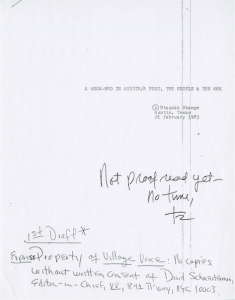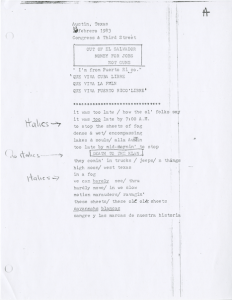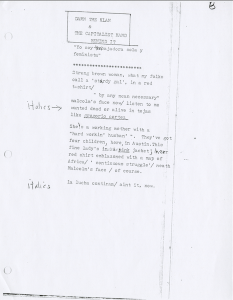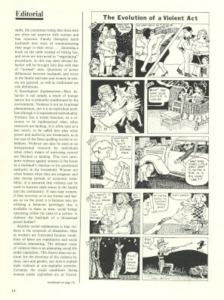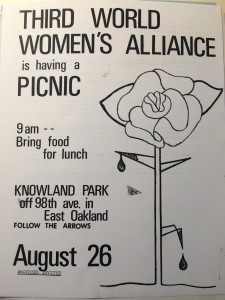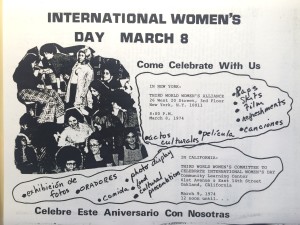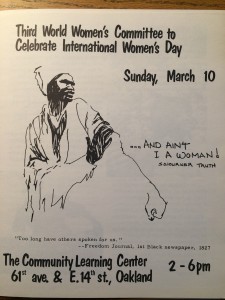before starting her blood, she tends to break glass. she is washing dishes. there is a crisp sound of shattering glass. a shard will have found itself lodged in the flesh of her palm. crimson will trickle into the sink.
that night she dreams of water roaring evenly from glistening faucets of silver on every wall. fragments of bright light float across her body. brilliant flashes that spread across her flesh. crystallized patterns etch themselves on her skin. she holds a brown baby to her breast as she lays in a tub filled with clear, sweet smelling water. “darling, honey child”. in whispered incantations, she conjures protective shields. the child that feeds from her body, peers at her with soft, brown eyes. wet with love. there is warmth all over. as they are lulled in this gently moving water.
this is the spirit of Yemayá come to visit.
Dreams. We must tune in closely to the bits of news they bring us. They carry messages from the spirit realm. Grandmother has sent news. That her darling-honey-child must survive. Shange, a witch who, in her flesh, carries the spirits of mothers from centuries past, knows this. It must be the reason she noted her dreams. Black women divine destinies and access the memories of our past selves through dreams. We know sleep isn’t only for resting. Our work begins with the darkness that descends upon our consciousness. We fashion our vulnerable bodies into altars. Sacred sites of divination. In our most humble state of peace, the spirits come. They bring us news. This darling-honey-child must survive.
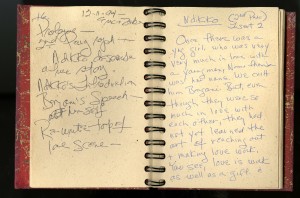
i once asked my father/ in a childishly flippant manner/ about his mother/ where she was and/ why she’d never been to visit/ he looked at me/ with a great well of/ sorrow in his eyes/ and told me/ he was an orphan/ since then/ the helpless gesture he made/ has come to encompass the meaning of orphan/ palms facing upward/ in supplication/ or desperation/ or accusation/ gesturing to the gods/ as if to say/ they are the architects of this sorrow/ and they are the source of my solace/ and they hold all clarity/ and carry all understanding in/ the matter of pain/ in that moment/ i knew what god was/ and what loss was/ my father/ in his lumbering frame/ crisscrossing lines around his eyes/ evidence/ of an untethered inclination/ towards joy/ his booming joviality/ eclipsed/ i feared that i had killed my father/ with this utterance/ that i had caused him to drown/ in this sorrow/ that i had no name for/ and i wanted to know the woman who/ had been responsible for raising a boy/ who would carry authority/ in the aristocratic flare of his nostrils/ and i wanted to know how/ she had nurtured him to such a state of tenderness/ and i saw her pass/ underneath the warmth of his brown eyes/
In a series of intimate and heartfelt letters to her father, some in the postpartum tense, Shange expresses and explores conflicting sentiments of guilt, shame, loss, and deep sorrow. In these stream of consciousness addresses, I likened Shange’s voice with that of her deeply troubled and talented Liliane, whose traumatic encounters with the pain inflicted by sexist, racist, and patriarchal forces are explored through a psychodynamic lens. We see Liliane as a proud Black girl, and as we join her in the vast and lonely landscape of her youth, we too become the wounded Black girl who must contend with the raw and grotesque humanity of imperfect fathers, broken mothers, dead sisters, and the lovers who took their lives.




